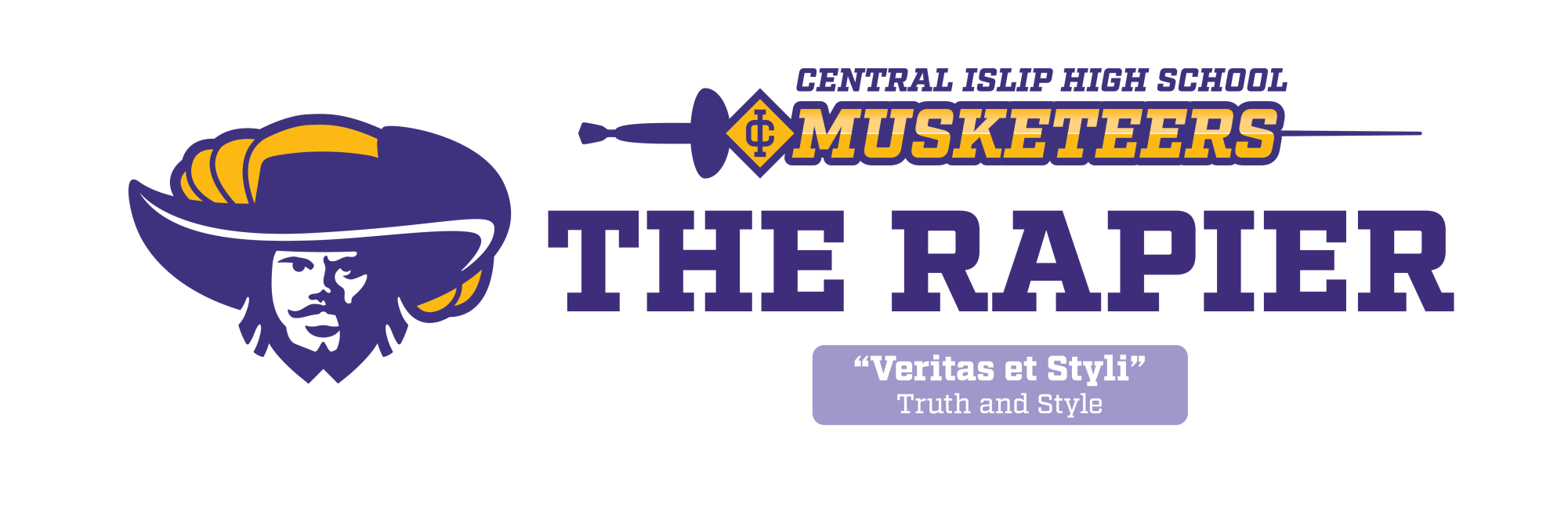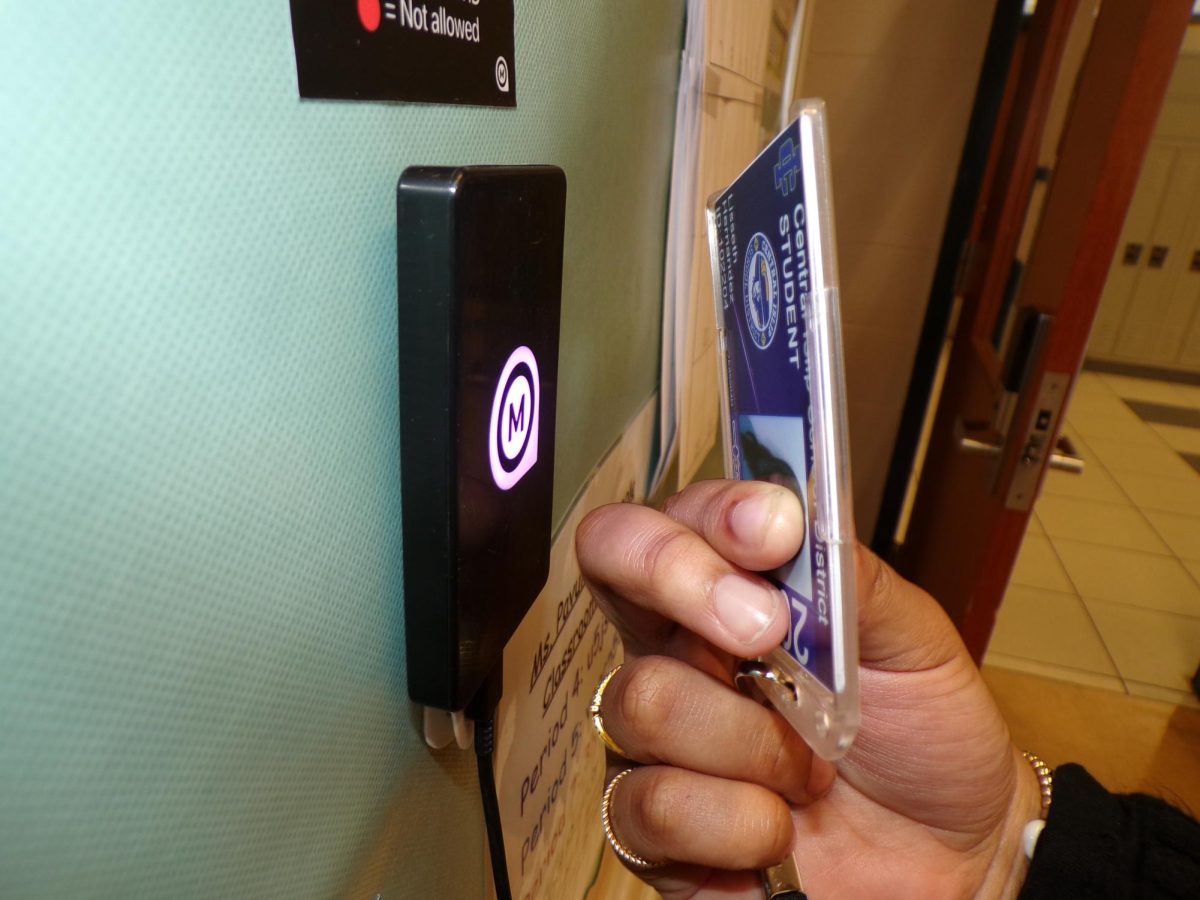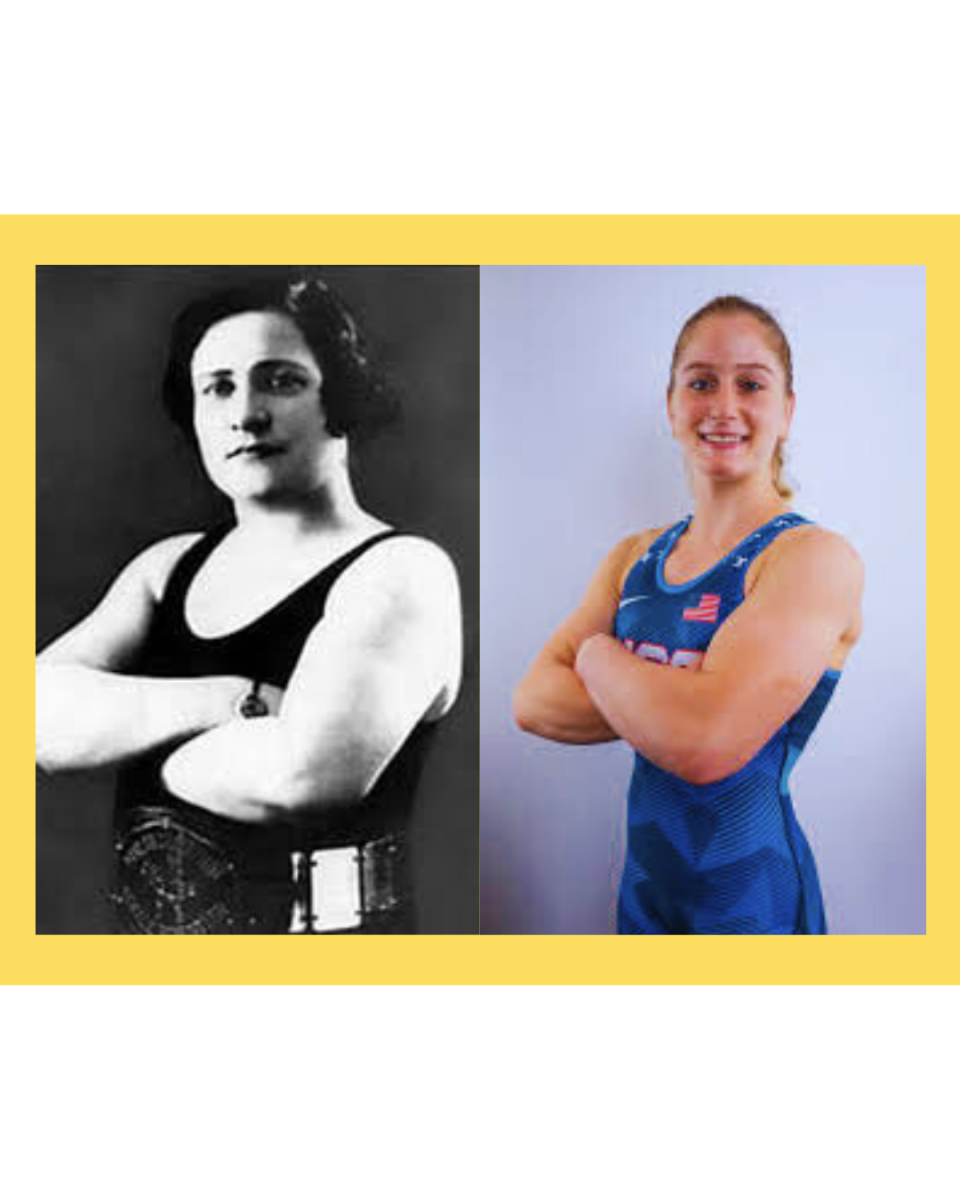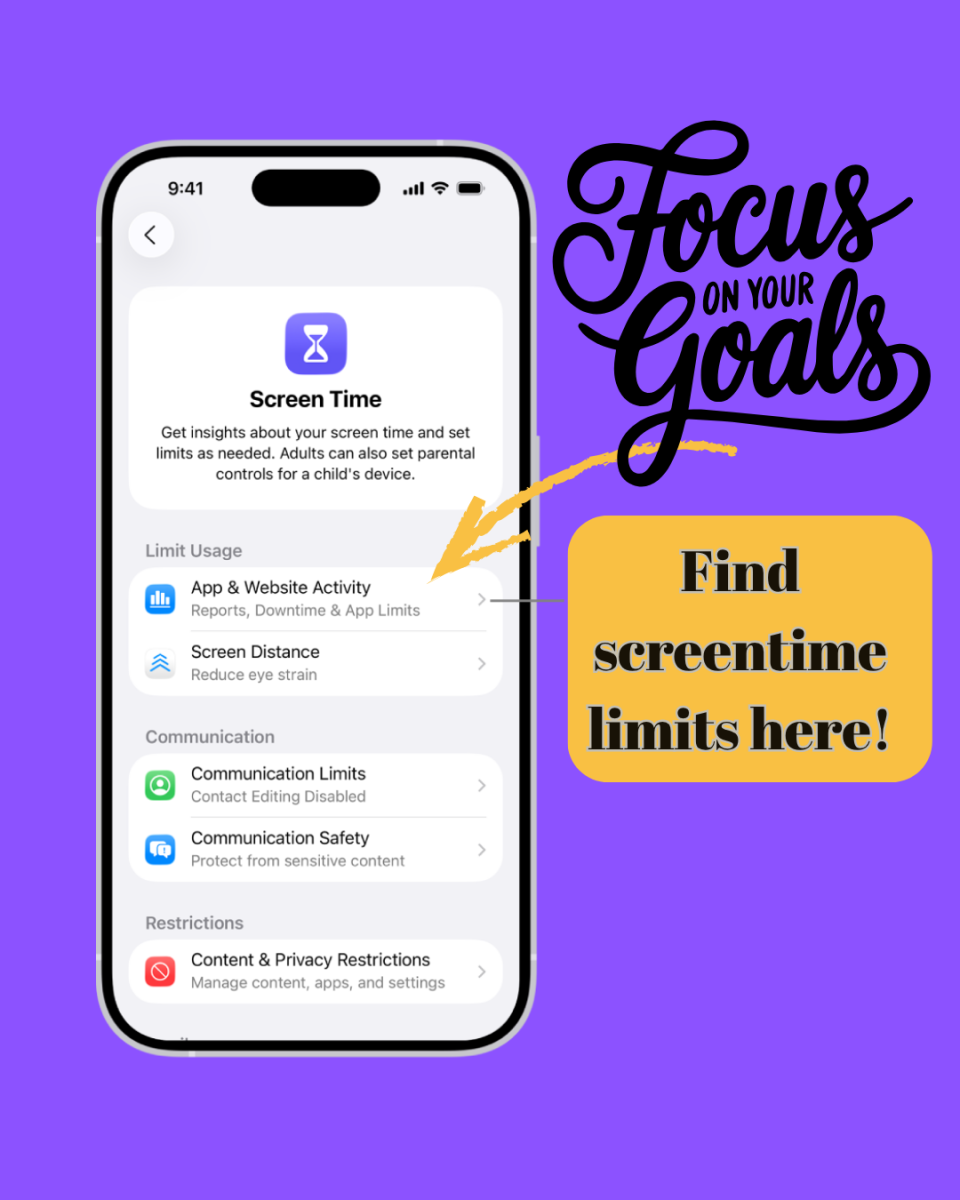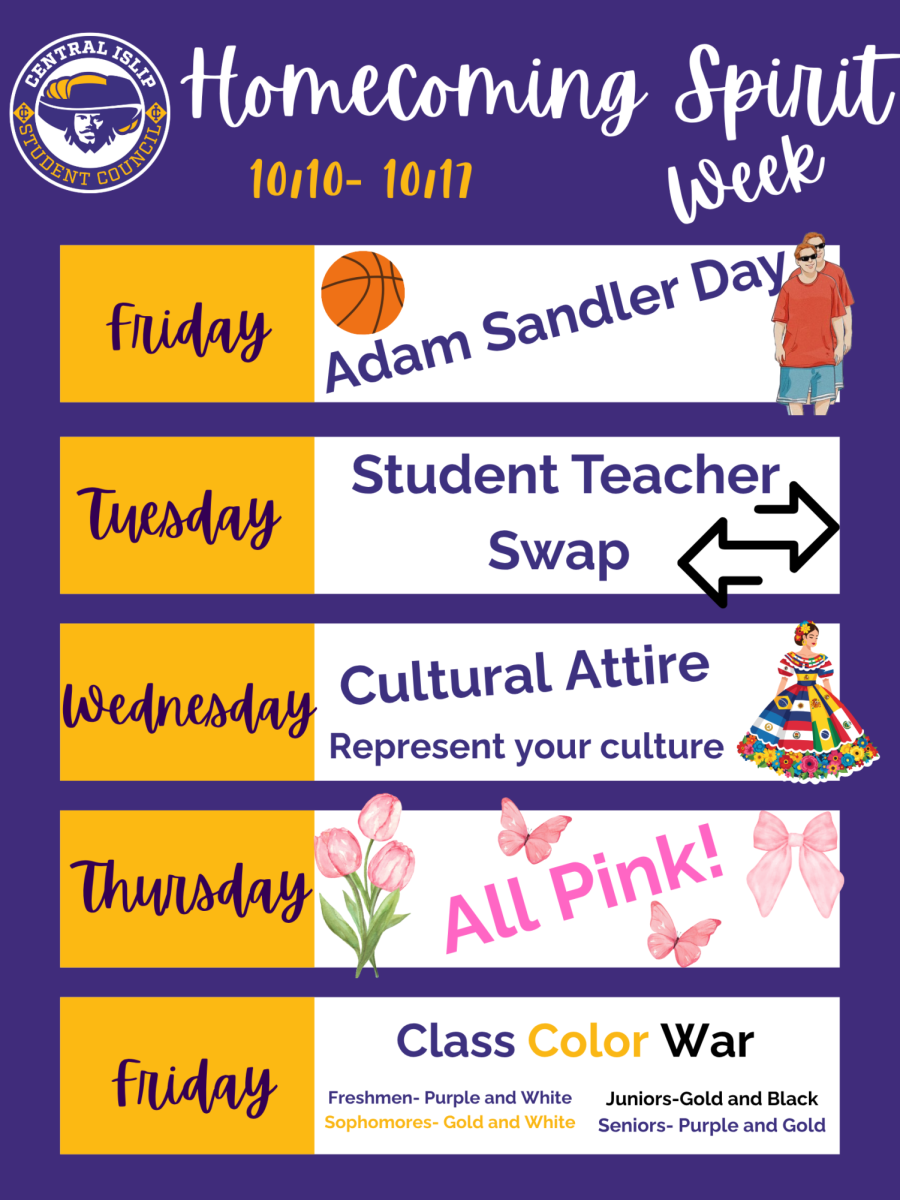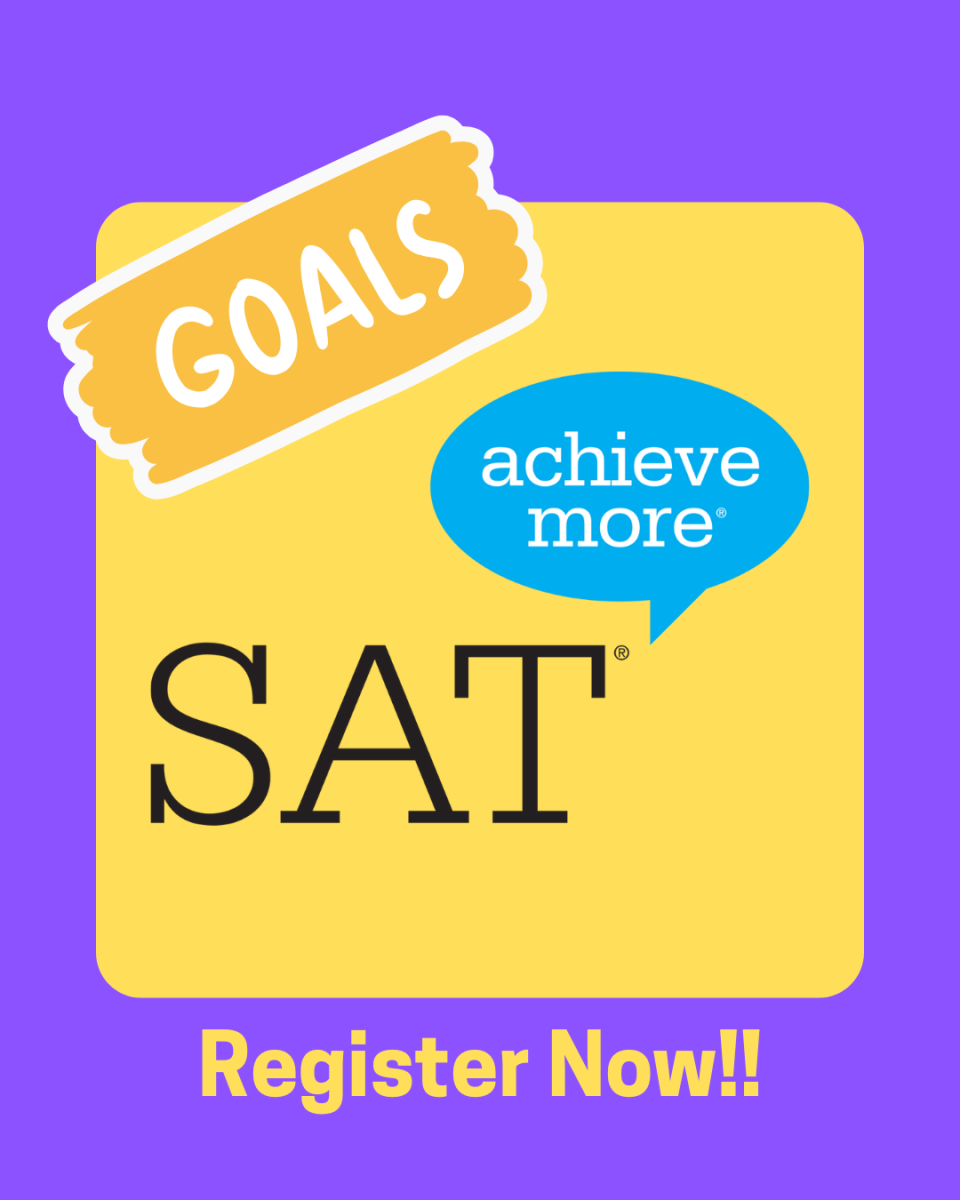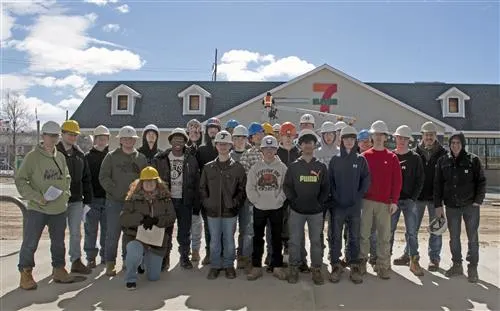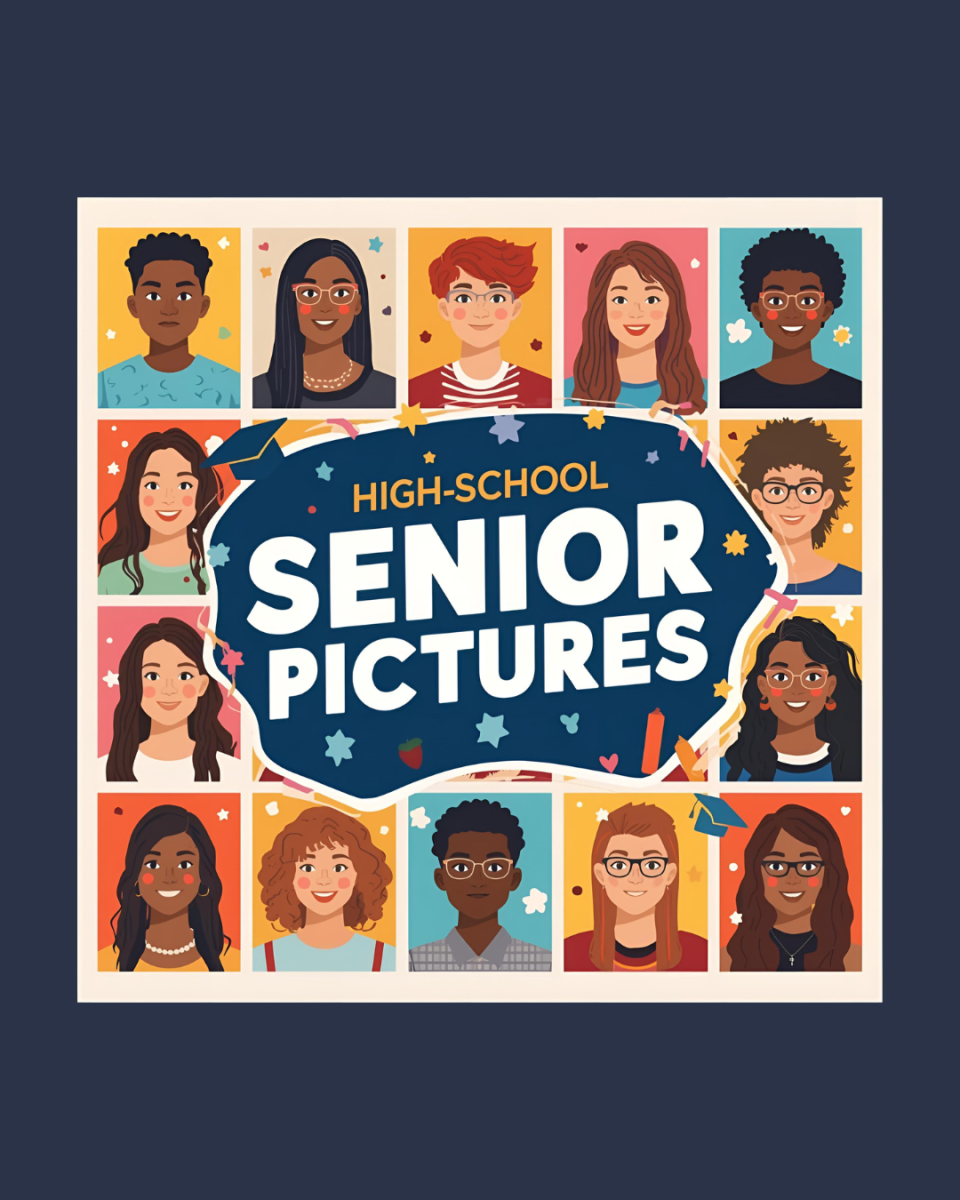What’s on the Moov?
The new MOOV system is making the difficulty of writing hall passes, taking attendance, and finding students a thing of the past for teachers. Naturally, this change raises questions about how it works and what went into its development.
According to Kevin Camson, CEO of MOOV, it’s really not as intimidating as people think. Camson is a 25 year old, self-taught programmer from Smithtown, NY and graduate of the University of Notre Dame. He began learning to code throughout his college years where he would spend his business classes working on a project that would make him both a successful entrepreneur and software developer. “You don’t have to really go to school for [programming],” Camson said. “I would be coding in business classes. I didn’t really care for my major. I just kind of found what I love on the side– and I think that’s a really cool thing to do. Just watch YouTube videos,” he continued. Camson brings up a feeling many students have throughout their years of high school: uncertainty. While recognizing this difficult time in life, he encourages students to have grit. He believes perseverance is all they need and it’s what kept him going as he continued to make his project something bigger than he ever expected.
Originally, MOOV actually had little to do with formal education. It was a hub for college students like himself to find ways to build their social life. The name plays on the phrase “what’s the move?” and it’s actually featured on the loading screen when users log onto moov on their computers. This fun app to find plans for a Friday night didn’t develop the way Camson expected. “I tried something else similar, failed, tried something else similar, and then kind of just figured out what people actually want and actually started solving a problem that people care about. Instead of building a solution that you think is cool, it’s actually about what other people’s problems are,” he said. Moov has since become a technology that schools can utilize in order to be more efficient and safe. Camson prides himself on this fact: “About 2,000 devices, 25 districts or so, and every one has been a huge, huge, huge feat…You just kind of tap in everywhere. You get points for going to class as a student. It takes attendance for teachers. That makes the building more safe because everybody knows where people are in an emergency.”
Reactions from students are mixed. Ninth grader Kaylee Gonzalez shared, “I don’t like it. It makes things more difficult.”
“Maybe it’s bad now, but in two years it will be normal to us,” countered fellow ninth grader, Chris Martinez.
“But what about the seniors? They have to get used to it and they don’t have two more years,” responded Gonzalez.
Seniors discussing the issue clarified: “It’s not difficult, but it is tedious. Students might have mixed feelings, but I am optimistic about how it will affect the school.”
Camson addressed some student concerns about privacy by explaining that his product in no way tracks individual student location. Instead, the product uses a smart chip that reports where you last tapped in and how long ago, similar to the way users can check where their AirPods or other devices are. The new ID in no way infringes on student privacy and is purely a tool to make attendance and passes easier to access while rewarding students for good attendance as they gain points through the system. These points are set to grant students rewards given by the school though it’s not clear how this will be handled as of now. Regardless, it’s clear this system incentivizes students to make sure to show up every day and reminds them of the importance of attendance.
Camson has been open to helping high school students with internships and is a role model for those who are looking to pursue a passion. Of course we’re left wondering where he plans to go next with this project. “Worldwide, nationwide. The sky’s the limit,” beamed Camson.
